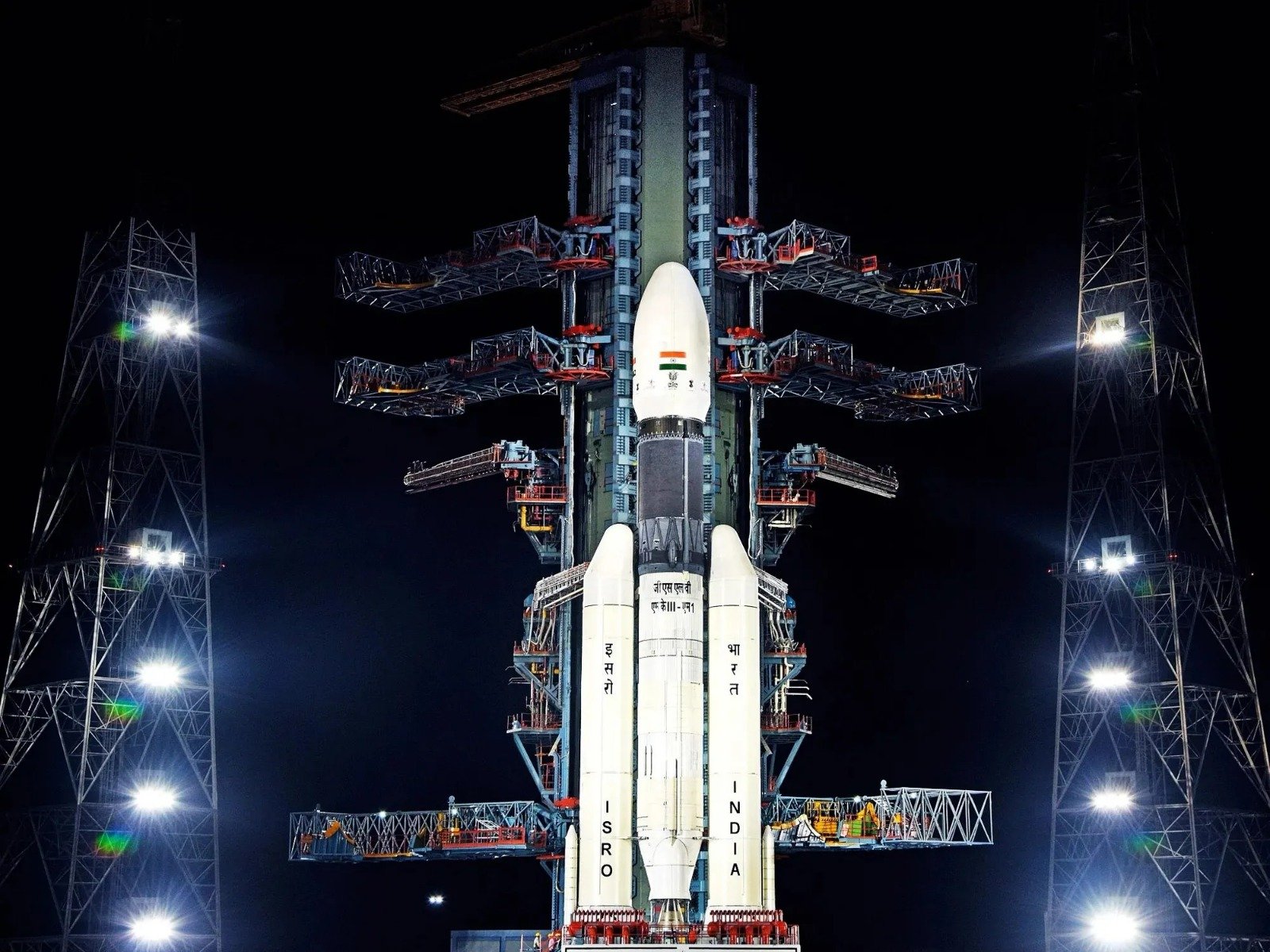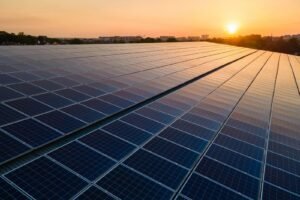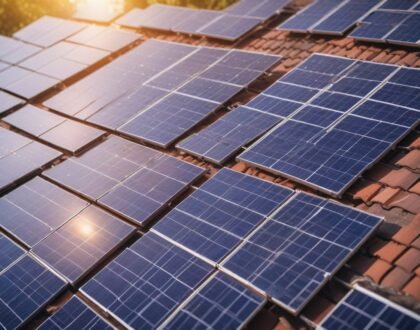Chandrayaan’s Solar-Powered Success: How Solar Energy Fuels Lunar Exploration


India’s Chandrayaan-3 has now successfully landed on the south pole. ISRO’s lunar mission has taken an inventive approach to maintaining the spacecraft’s power-consuming systems in the space vacuum, where conventional power sources are constrained. In this situation, ISRO has used solar power panels, specifically space-grade solar panels, designed to absorb sunlight and transform it into electricity, creating a dependable energy supply that keeps the spaceship alive and functional.
High vacuum and radiation make space an unforgiving place to survive. Creating India’s moon exploration mission entails rigorous planning, design, testing, analysis, and review because there are no options for in-situ repairs. It is a real case of “rocket science” that needs a team of experts to collaborate closely with project execution teams to create solutions for the Chandrayaan 3 launch.
For this solar power project execution for Chandrayaan-3, URSC (U R Rao Satellite Center) and Vikram Sarabhai Space Center contributed significantly. The satellite’s electronic subsystems are powered by solar panels’ energy and stored in batteries. URSC power system engineers made proper power-generating and distribution systems. As per ISRO’s report,
Chandrayaan-3 received solar panel substrates from VSSC. Complex communication subsystems connect Chandrayaan-3’s different modules and the ground station. Communication engineers designed, tested, and delivered sophisticated communication subsystems, which serve as the link between various modules of Chandrayaan-3 and the ground station.
Chandrayaan-3: Solar Energy and Landing
As per the Indian Space Research Organisation (ISRO), they planned the soft landing based on when there is sunlight. They did this because of the attached Solar Panels for Lander. The leader of ISRO, S Somanath, explained that these extra solar panels will ensure the Lander can produce power regardless of how it lands. The sunlight was essential for landing. That’s why ISRO’s scientists choose to land according to sunlight. It’s necessary for the daytime to last so that the solar panels can charge and the rover can move around.
What is the purpose of Chandrayaan-3’s four solar panels?
By including solar panels on the Lander’s four sides, the Chandrayaan-3 project has greatly improved its design.
A strategic decision was made to ensure a more dependable and continuous power supply during the mission’s operation on the lunar surface by moving away from the previous Chandrayaan-2 mission, which had solar panels on just two sides.
With this modification, S Somnath explained that even if the Lander touches down at a different angle than anticipated, it can still draw power from the Sun. The Moon’s surface is also uneven so the spacecraft might roll or tumble after landing.
Therefore, it will always have at least one or two sides exposed to the Sun, allowing it to continue functioning.
The solar panels on Chandrayaan-3 are angled vertically at a 90-degree angle. These panels are positioned in such a way as to face the shifting angles of sunlight reaching the lunar surface. This innovative solar technology guarantees that at least one side of the solar panels will always receive direct sunshine, regardless of how the Sun is positioned in the lunar sky.
The vertical configuration ensures that Chandrayaan-3’s solar panels can continually receive the greatest amount of sunlight, making them practical and consistent energy sources.
Visol India
This is our take on the Moon exploration technology of Chandrayaan-3. Visol India takes immense pride in the Chandrayaan-3 mission, which stands as a testament to our nation’s exceptional achievements. This remarkable accomplishment of India fills us with joy and elevates our entire nation’s pride to new heights.
If you’re looking for solar panel solutions in Mumbai or the best solar panels in India, contact us to know more!






